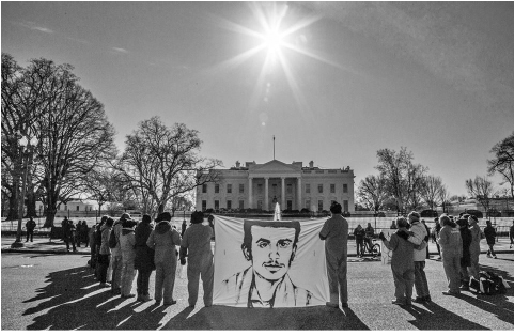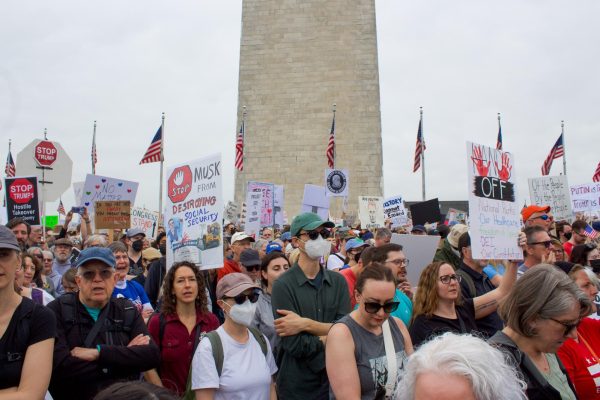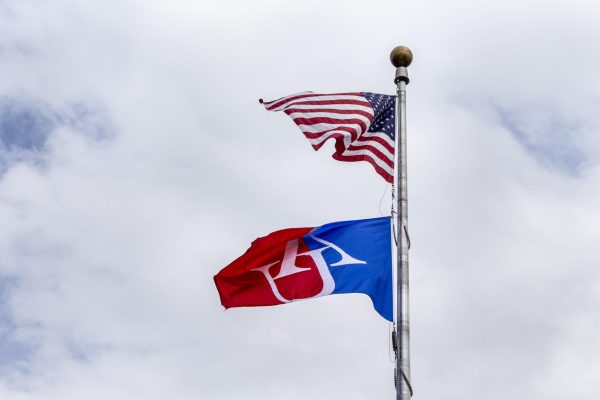Taking Down Torture, One Painting at a Time: Art as Protest

Debra Vanpoolen is a nomad. She hops from couch to couch to participate in activism events all across the country, creating art along the way.
Her most recent endeavor involves working with Witness Against Torture, an activist collective that aims to shed light on and end torture in Guantanamo Bay through nonviolent protests.
The group formed in 2005 when, according to their website, “Twenty-five Americans went to Guantanamo Bay and attempted to visit the detention facility. Once when we returned from that journey, we began to organize more broadly to shut down Guantanamo, working with interfaith, human rights and activists’ organizations.”
The group links issues of domestic police torture, including police brutality and racial profiling, to the torture in Guantanamo and the countries that the United States trains in “enhanced interrogation.”
Vanpoolen’s latest protest occurred at the United States Senate Chambers, where she and 10 other protesters stood in Emancipation Hall while 11 more protested inside the gallery itself.
In the hall, banners that read, “Ferguson to Guantanamo: White silence equals state violence,” hung high while members of the protest peacefully chanted and informed listeners about torture at Guantanamo.
“Any time I am experiencing beauty, I am increasingly aware of how others don’t see beauty in life. I want my art to reflect that things aren’t simple.”
Every protester at the event was arrested and charged with interfering with traffic in the Senate. Eight pleaded not guilty and were expected in court on Feb. 4. Vanpoolen and two others took the option to “post and forfeit,” meaning each person would pay $50 to drop the charges.
Vanpoolen grew up in a politically conservative and relatively well-off household and says her background pushed her to join many political movements. For Vanpoolen, her position of privilege compelled her to take a stand for those less fortunate.
“Those of us who were in these communities have more responsibility to act out and do this for others who don’t have the privilege to stand up,” she said.
Vanpoolen, a self-taught artist, began painting in watercolor to sustain herself financially. Now she creates art that “protests the media blackout” of social movements.
“My artwork is not protest art, but [a] political statement saying these [issues] are important and worth public mention,” she said. “I am trying to witness history being made—things that are done largely in secret.”
After graduating college in the early ‘90s, Vanpoolen abandoned her dream of becoming a lawyer for something “less boring,” namely the environmental movement. After 9/11, she started protesting the war in Afghanistan, and later the war in Iraq. She also spent time working with the Occupy Wall Street movement. Then she teamed up with Witness Against Torture.
Reflecting on her art, Vanpoolen sees it as a compilation of intricate portraits of life.
“Life is really complex,” she said. “Any time I am experiencing beauty, I am increasingly aware of how others don’t see beauty in life. I want my art to reflect that things aren’t simple.”

Senior studying journalism and computer science. Has been known to cry over Chicago. I'm really interested in figuring out how journalism can be used as...










